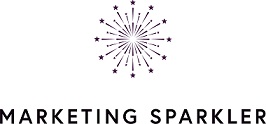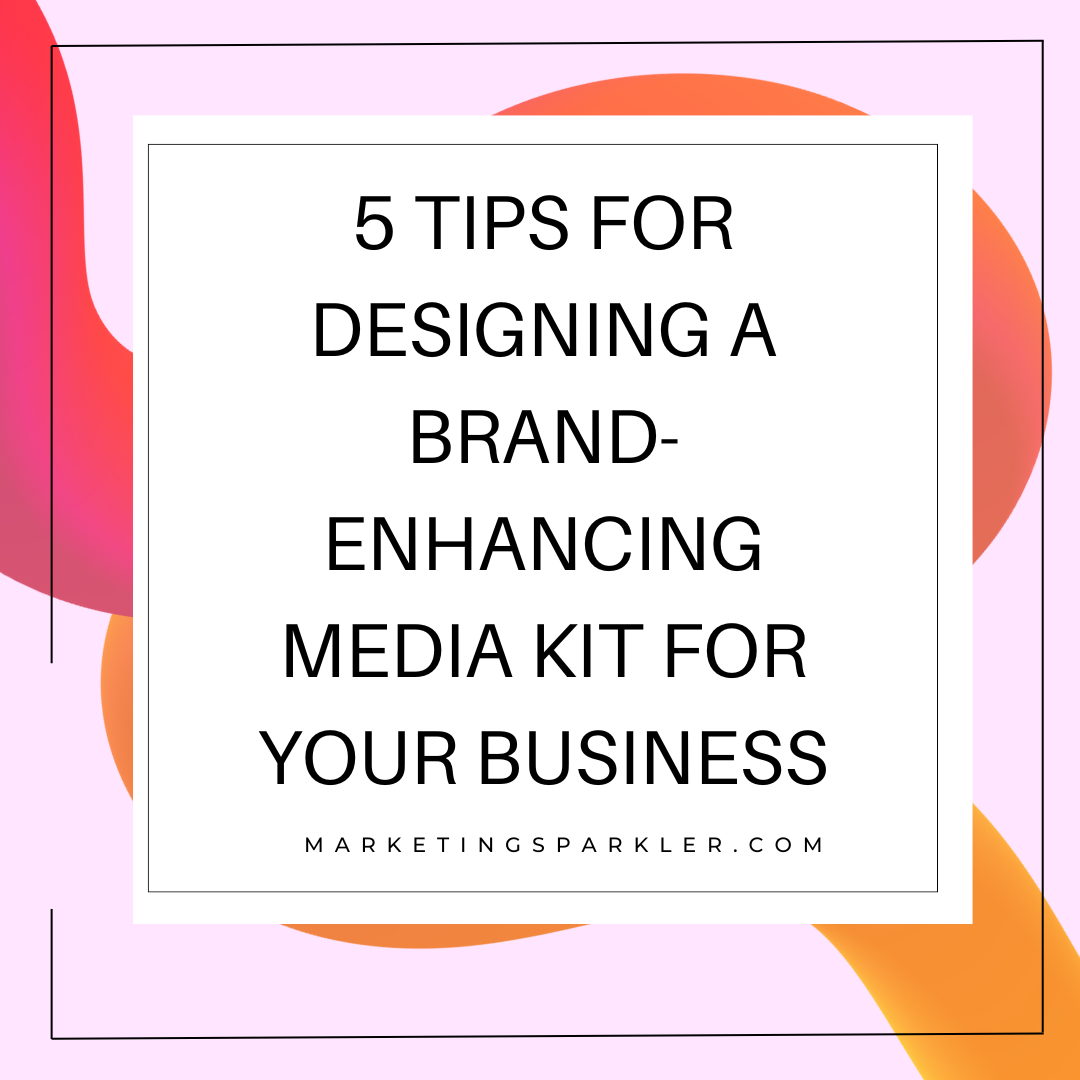Amidst the hustle and bustle of business, standing out can be a challenge. One way brands can make a memorable first impression is through a media kit. Companies often hand them out to the press, potential partners and customers.
Media kits are an excellent way to showcase your small business through promotional materials to attract media attention and secure partnerships. They provide all the information recipients need to know about your brand, especially if a news story will feature it. To ensure the media kit design turns out well, you must follow through with a few essential tips to communicate the brand’s story and values.
5 Tips for Designing a Brand-Enhancing Media Kit for Your Business
1. Define Your Brand Identity
A strong brand identity is the foundation of any media kit. It communicates who you are, what you stand for and what sets you apart. Take the time to ensure you have defined your brand’s visual and verbal elements. This includes the logo, color palette, typography and the overall tone of your message. Each component should align well to present a seamless brand image.
While a media kit may seem like a style guide, it is quite the opposite. You need to incorporate your brand identity to market a presence and drive economic value. According to a recent study, 68% of businesses reported that maintaining brand consistency contributed 10%-20% of their revenue growth. A media kit is an extension of your brand’s story and should reflect a consistent branding strategy to reap these benefits.
When assembling your media kit, ensure every piece of content echoes the brand identity. This should cover the “About” section, how you format the contact information and even the cover page. The smallest details will show potential partners and the press you are professional and trusting in a business relationship.
A strong brand identity is the foundation of any media kit. It communicates who you are, what you stand for and what sets you apart. Click To Tweet2. Incorporate Persuasive Copy
Crafting persuasive copy for your media kit is crucial in engaging and convincing an audience of a brand’s value. The content you include should highlight unique selling points. Identify what differentiates your brand, such as superior quality or exceptional service. Remember that conciseness and impactful language are necessary to convey key messages.
A compelling brand media kit should also encourage action with your work. Use active voice and powerful action verbs to create a sense of urgency. Certain phrases can motivate readers to look more into your brand or reach out for more information.
Simultaneously, the copy’s tone should align with your brand. For instance, if your brand is playful and youthful, let the language reflect that with a light, vibrant tone. A well-written media kit should inform and inspire potential partners to attain fruitful relationships and opportunities.
3. Use High-Quality Images and Visuals
The quality of your images and visuals can make or break the impression of a brand. High-quality images are essential because media outlets and partners highly value these traits. Ensure all photographs, infographics and logos are high resolution. Ideally, you want them to be 300 dpi to ensure they print well and look crisp on any physical media.
The visuals in your media kit must also be consistent with the brand’s identity. The images should align with your brand colors, meaning you will want to choose photos with a similar tone or color scheme. For instance, a brand that values sustainability would use images with natural or green aesthetics.
Placement also matters in your media kit. Using visuals strategically helps to draw attention to key areas, such as the mission statement, testimonials and call-to-action. They can guide the reader through the document, making the information more digestible and engaging. Consider using templates to guide your success. Canva is an easy-to-use online design tool that stores templates and style guides to help you create the perfect brand media kit.
4. Highlight Key Achievements
A well-designed media kit will include your brand’s track record of success to establish credibility. This section should make a compelling case through your business’s milestones, awards, notable projects and impactful statistics. For instance, Fast Company’s media kit incorporates statistics such as the average monthly page views and visitors. It also details its audience demographics and its upcoming editorial calendar. The purpose of this is to highlight its relevance for future collaborations.
When choosing which achievements to incorporate, consider what will be most impressive and relevant to your target readers. For example, if you are reaching out to potential business partners, focus on achievements like strategic partnerships. This can tell a story about past collaborative successes and how your services have delivered exceptional value.
Including quantifiable data can also make your achievements more tangible. Percentages, numbers and before-and-after comparisons are more impactful. For instance, stating a strategy improved client engagement rates by 40% is more compelling than a simple statement.
5. Make Visual Assets Downloadable
Offering brand materials in a readily accessible format can empower journalists, bloggers and influencers to use your branded content in their coverage more easily. As such, it can increase the chances of a feature while ensuring they represent your brand accurately.
When offering downloadable visual assets, ensure they are easy to access and use. Consider hosting them on a landing page or including direct download links within the document. Use common file formats such as JPEG for images and vectors for logos.
If you have various visual assets, organization is key. Make sure to categorize everything so users know where to find what they need. It should also provide a small preview or thumbnail alongside the download link to help users pick the right asset for their needs.
Seal Your Brand With an Effective Media Kit
As you put the finishing touches on your media kit, remember that every element should represent the essence of your brand. Prioritize clarity, consistency and accessibility to ensure the media kit informs and inspires actions. A well-crafted media kit is your brand’s advocate that can provide you with new opportunities and partnerships. Make it count, and let the brand’s story unfold through every page.
Ciao,
Miss Kemya




